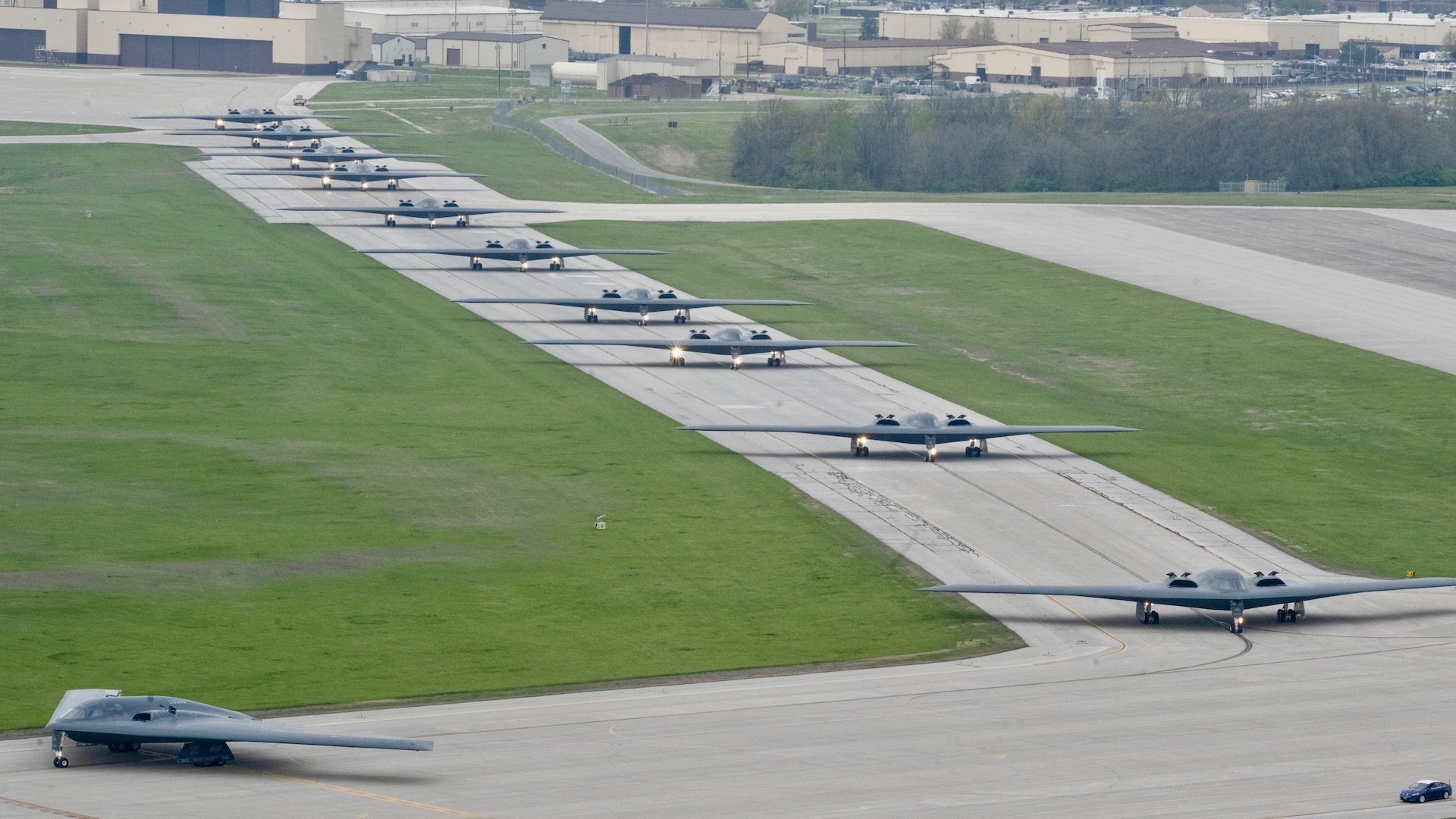While it’s fair to say we’ve seen our share of impressive lineups of B-2 Spirit stealth bombers in the past, including their involvement in elephant walks as well as amassed at foreign airbases, it’s not every day that 12 B-2s take to the sky in succession.
That’s exactly what happened at Whiteman Air Force Base, Missouri, on April 15, when a dozen B-2s took part in a mass fly-off exercise. This was so many of the bombers that none of the official pictures from the event, seen at the top of this story and below, show all 12 aircraft at once. This represents the majority of the total number of B-2s currently operated by the Air Force, which stands at 20 aircraft, per the service, although one is damaged during a landing incident at the base and another is still undergoing repairs from a similar incident. Of that number, typically only 11 or 12 are actually “deployed” under the terms of the New START treaty with Russia and are available for combat missions.
Regardless, the type is extremely maintenance intensive and is the most expensive direct combat airframe to fly in the USAF’s inventory. Having 12 of these jets available at any given time to take to the skies at all is highly impressive.

“B-2 Spirit stealth bombers assigned to [Whiteman’s] 509th Bomb Wing… executed a mass fly-off of 12 B-2s to cap off the… Spirit Vigilance exercise,” a caption to one of the images the U.S. Air Force released notes. “Routine training ensures that Airmen are always ready to execute global strike operations… anytime, anywhere.”

Conducted annually, Spirit Vigilance is a training exercise designed to enhance the lethality and increase the readiness of the Airmen who support and execute the B-2 stealth bomber mission out of Whiteman, which is the only operational B-2 base. In a major crisis, it could be critical for all available examples of these bombers to get in the air as quickly as possible to escape incoming threats and/or to get to their assigned target areas without delay.
While we have seen some impressive B-2 lineups at the exercise in the past — notably in 2022, when eight of the stealth bombers took to Whiteman’s tarmac — the presence of an additional four of these ‘silver bullet’ assets is certainly next level.
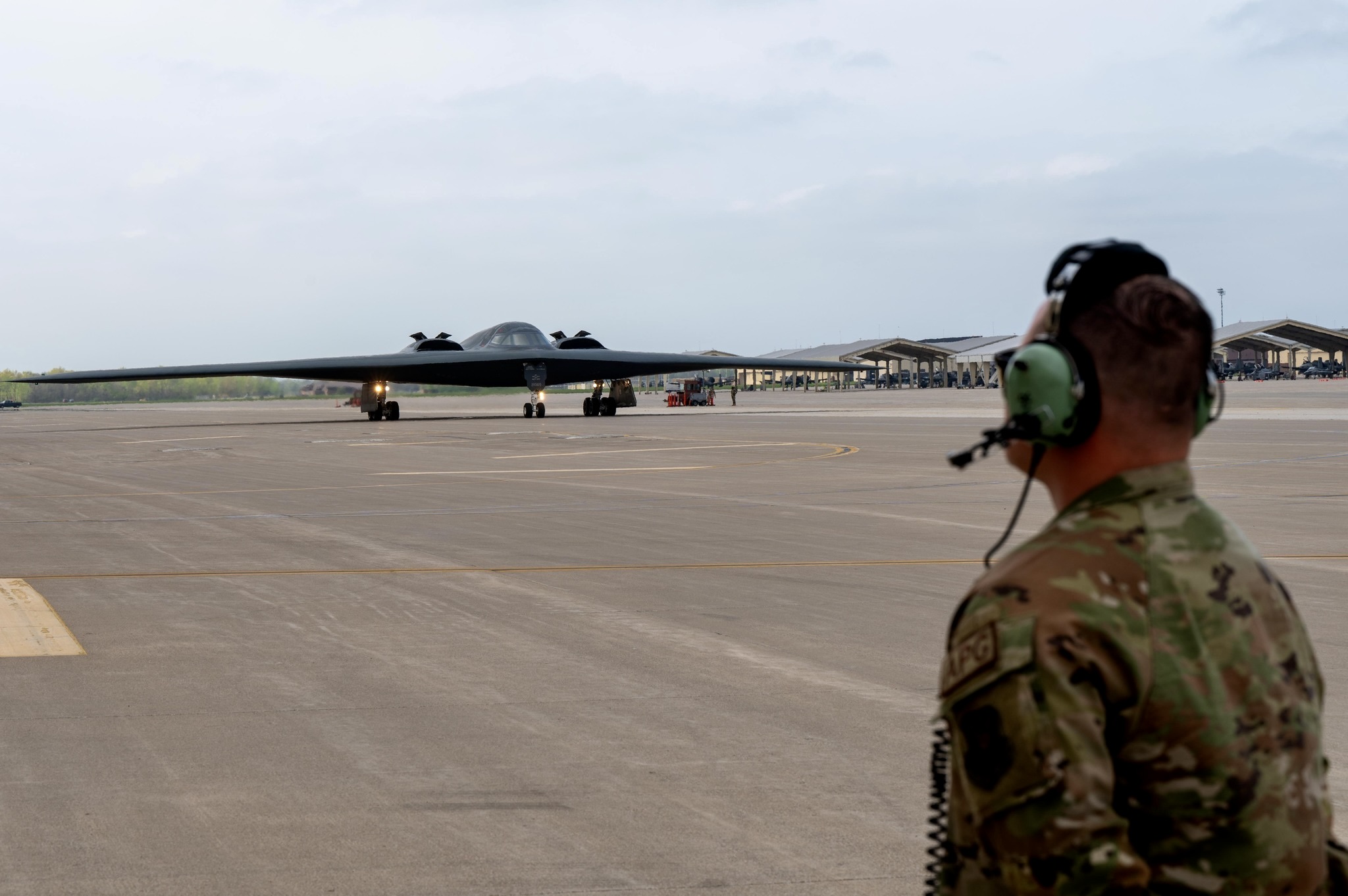

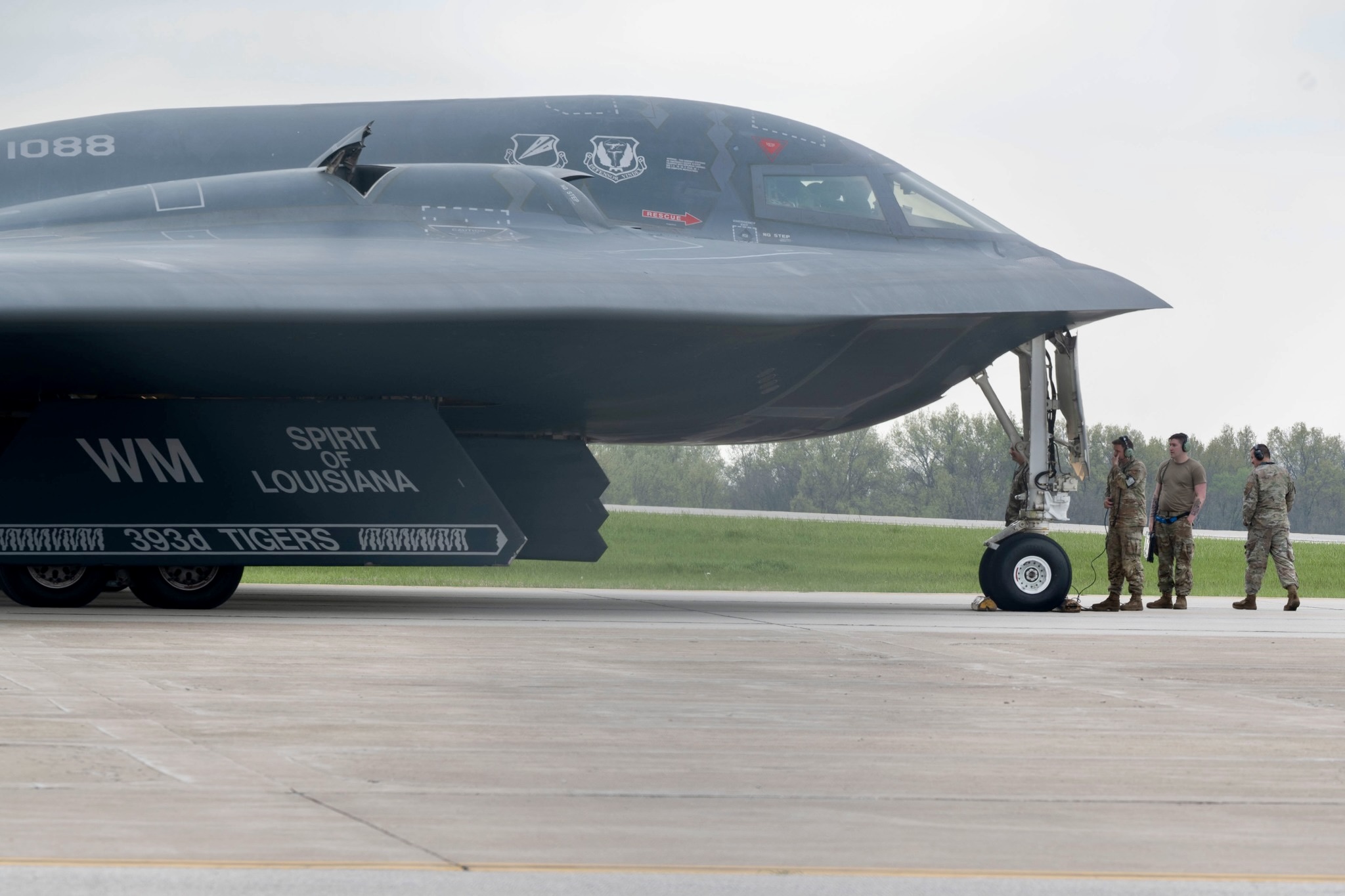
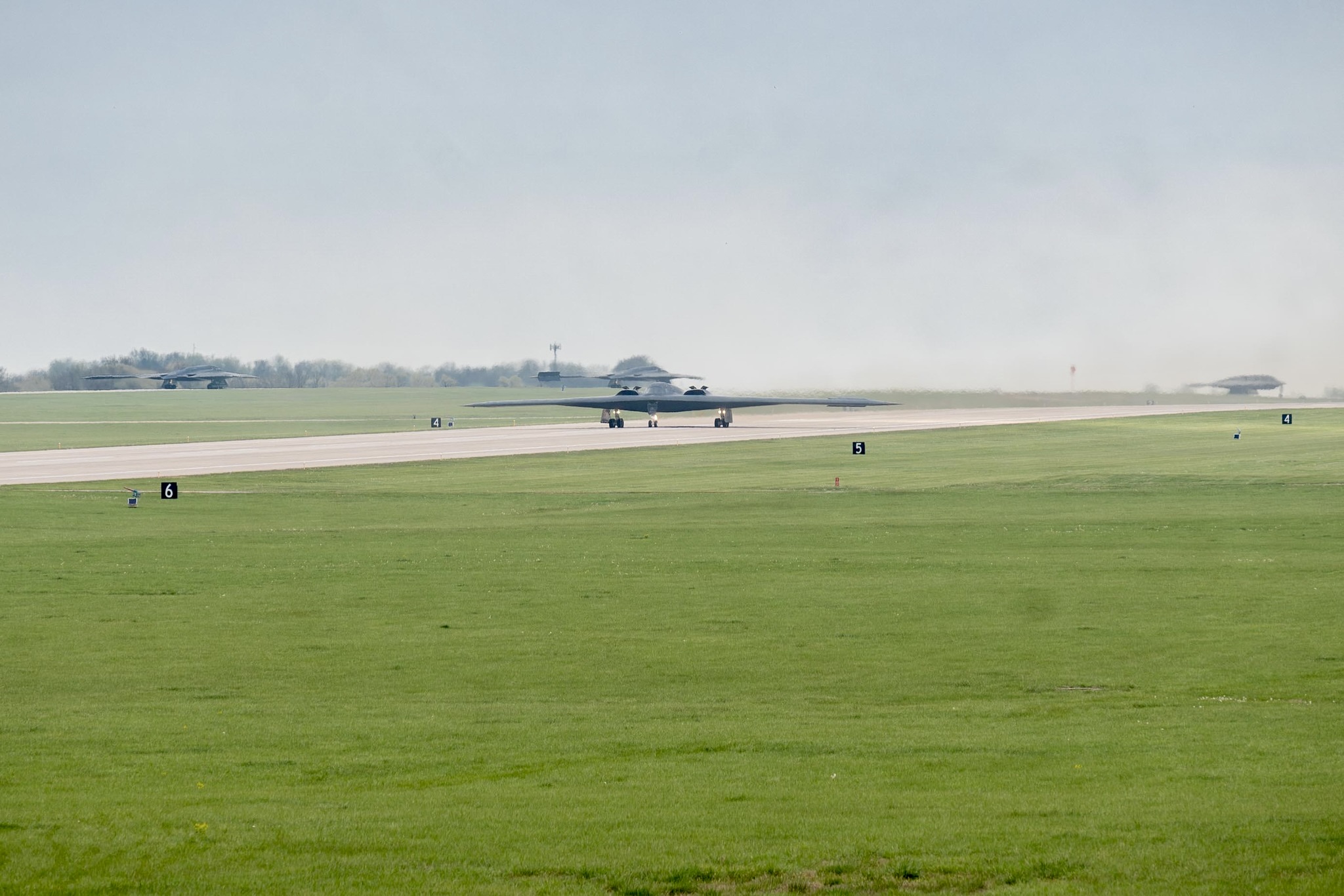
A video highlight reel from the action on April 15 at Whiteman, produced by the Air Force, can be seen below.
While the B-2 is well-known for being stealthy and doing its best to keep out of sight during real-world operations, very public displays like the one at Whiteman on April 15 are an important part of demonstrating America’s nuclear deterrent triad, of which these bombers are a key part. The presence of B-2s in significant numbers further afield has also been used in the past to send messages of deterrence more generally in the past, including toward potential adversaries like China and North Korea.
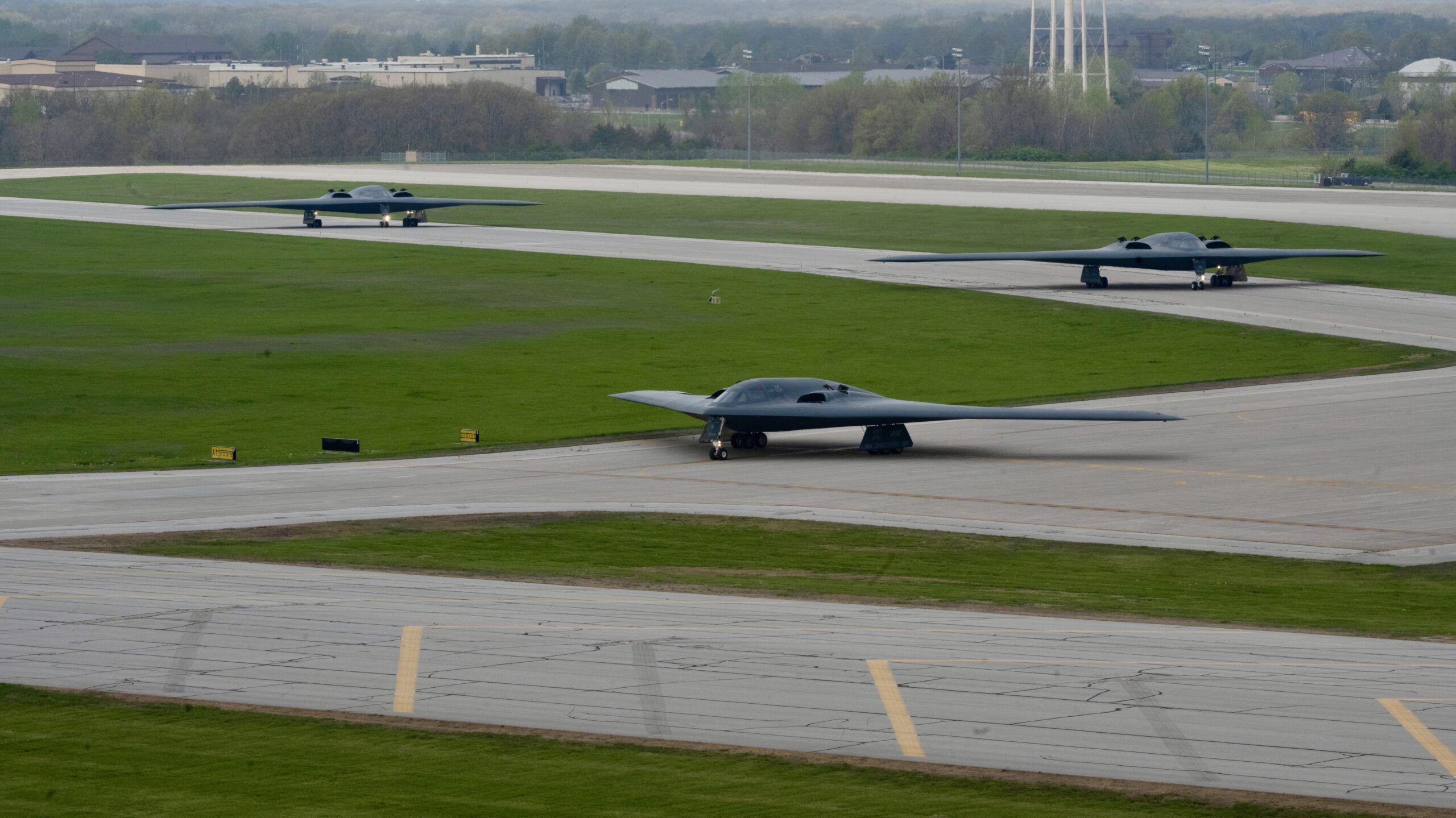
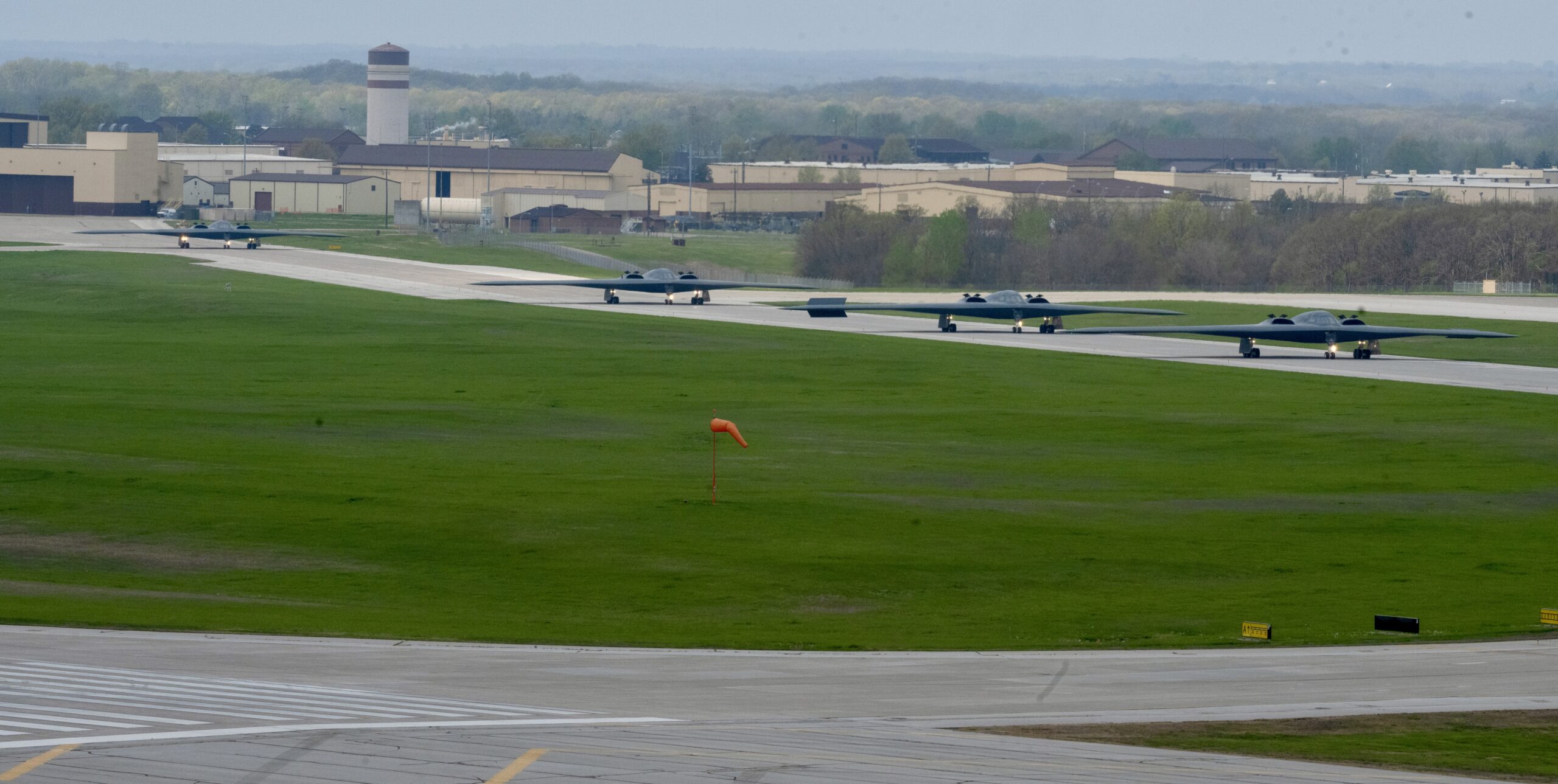
Indeed, the Air Force’s small fleet of B-2s collectively represents a prime example of a low-density, high-value asset. As we’ve highlighted previously, the bombers have an unparalleled ability to penetrate dense enemy air defenses to carry out nuclear or conventional strikes over extremely long distances, which would be key during a potential future conflict in the Indo-Pacific.

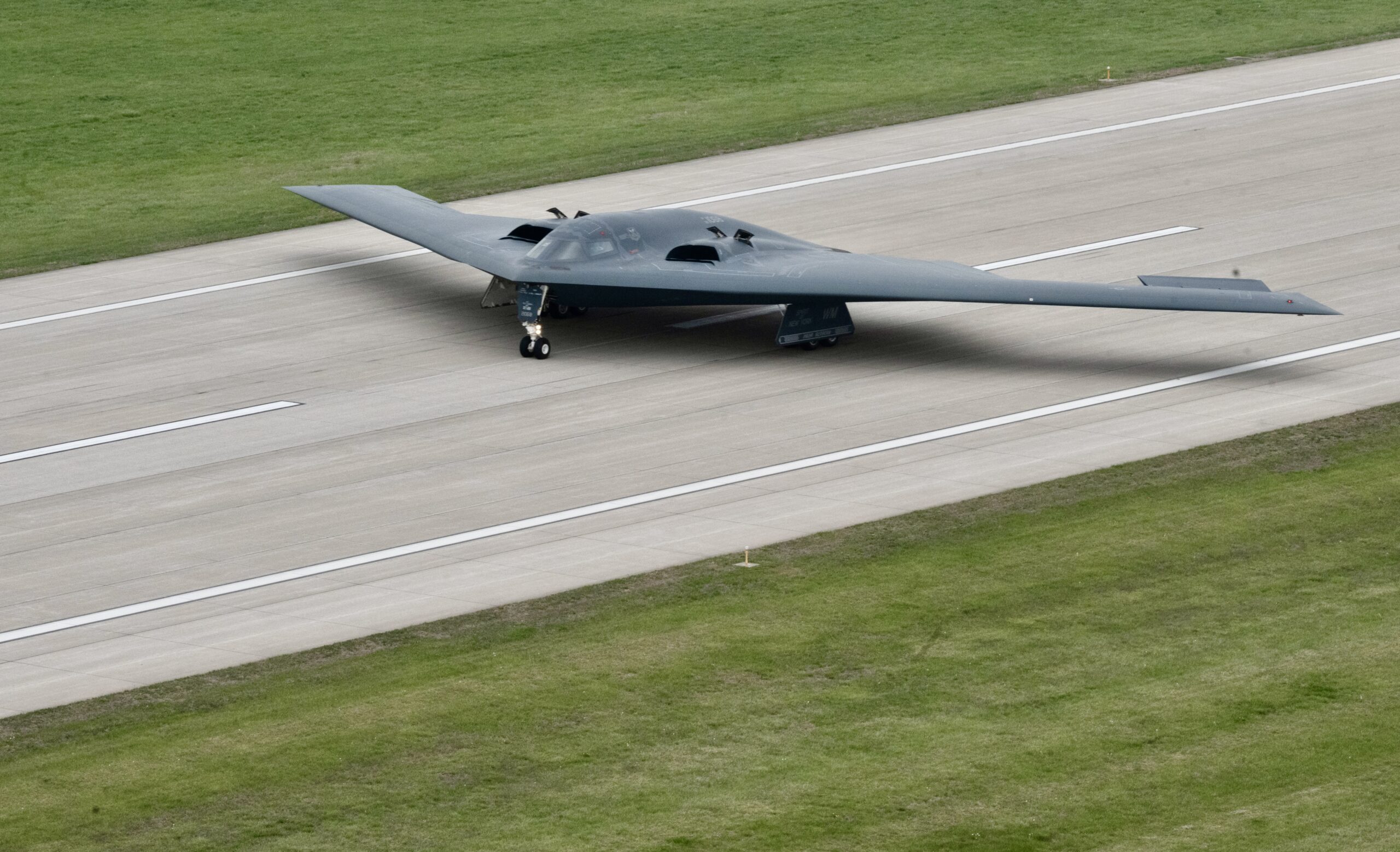
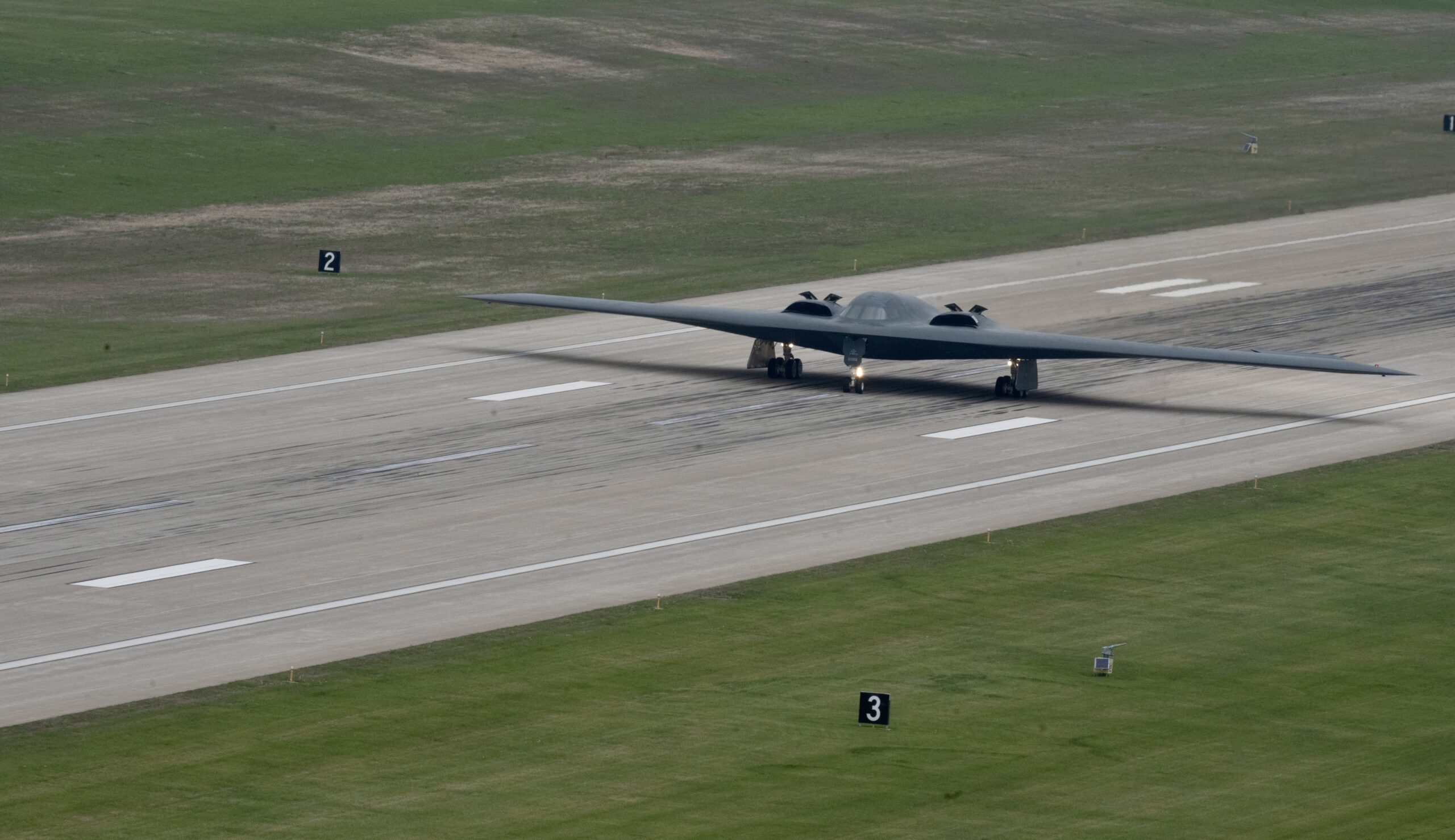
Yet the fact that 12 B-2s flew together on April 15 at the same time also sends something of a deliberate message about the operational readiness of that aircraft in and of itself. In December 2022, the entire B-2 fleet was effectively grounded following an accident involving one of the bombers that closed Whiteman’s one runway. It was in May of last year that flights were resumed after a roughly six-month-long pause. During that time, the Air Force maintained that the bombers could still be employed if absolutely necessary in response to a major crisis or contingency.
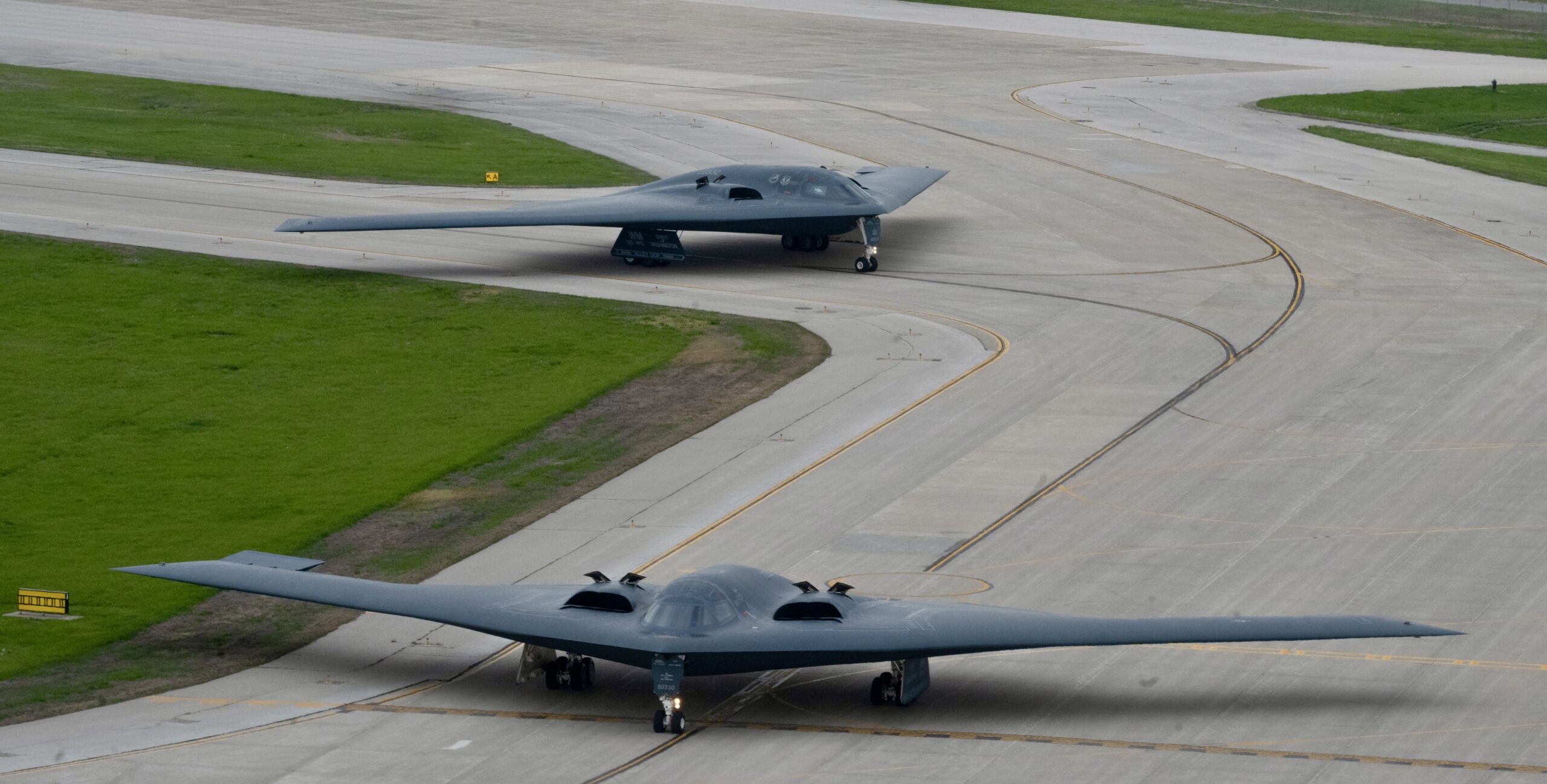
Eventually, the B-2 is to be replaced by the B-21 Raider stealth bomber, but the last Spirits are not expected to be retired until the early 2030s. The first operational B-21 units are still years away from reaching initial operational capability, and are set to supplant squadrons flying B-1B Lancers first.
As we highlighted just today, the Air Force is already looking beyond the B-21. You can read more about all this here. But in the not so distant future we will likely be seeing scenes like this one with the B-2’s successor, and in greater numbers.
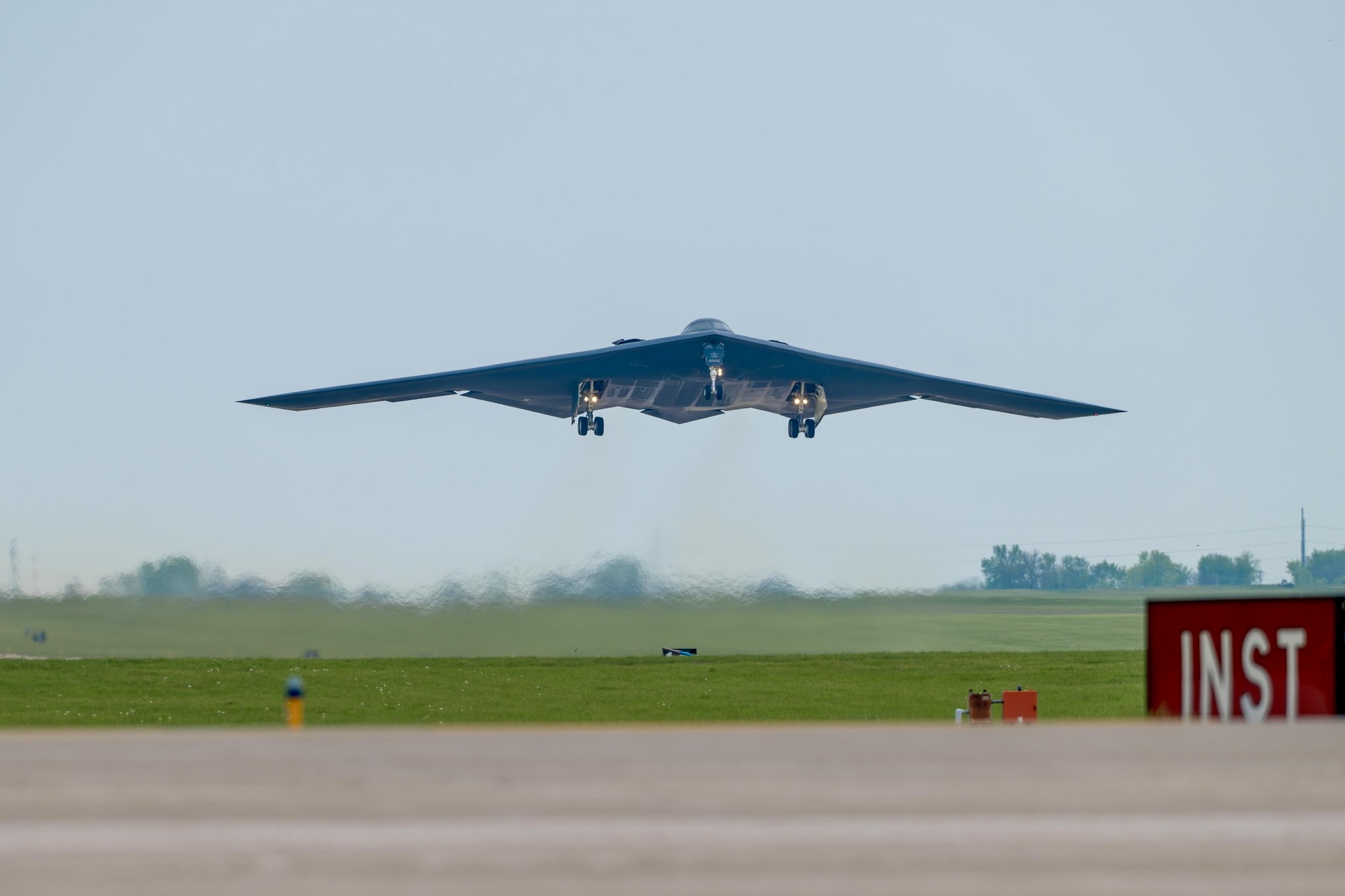
Contact the author: oliver@thewarzone.com
